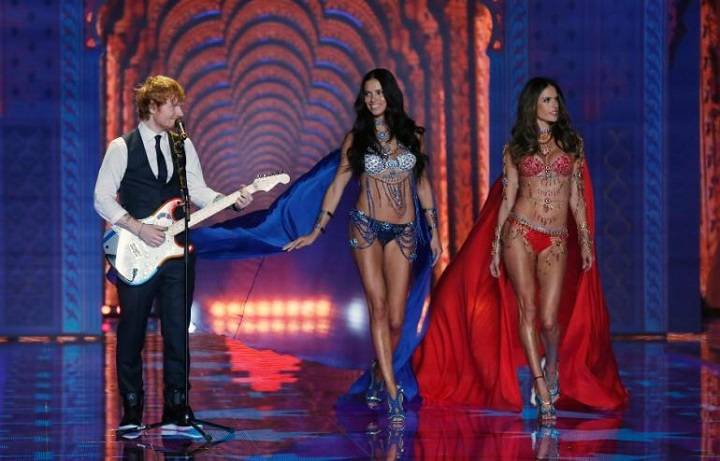The Victoria’s Secret Fashion Show, an annual extravaganza, is a glittering spectacle that has captivated the world for decades. With its dazzling runway presentations, supermodel appearances, and iconic lingerie, it has become a global phenomenon. In this article, we’ll take a deep dive into the history, evolution, and impact of the Victoria’s Secret Fashion Show.
History and Origin
The Victoria’s Secret Fashion Show was first held in 1995 and was created by Ed Razek, who was the Chief Marketing Officer of Victoria’s Secret at the time. The show was conceived as a marketing strategy to promote the brand’s lingerie, particularly during the holiday season. Over the years, it evolved from a relatively small-scale event to a global sensation.
Key Highlights Over the Years

- Dazzling Themes: Each year, the show is themed and features various segments that highlight different collections. Themes have ranged from “Glamour Goddesses” to “Secret Angel,” and each has its unique charm and allure.
- Supermodel Lineup: Victoria’s Secret has always featured a roster of the world’s most famous supermodels, such as Tyra Banks, Heidi Klum, Gisele Bündchen, and Adriana Lima. These models became household names, thanks to their association with the brand.
- Iconic Fantasy Bra: One of the most anticipated elements of the show is the reveal of the Fantasy Bra, an opulent piece of lingerie adorned with precious gemstones. Over the years, the Fantasy Bra has been worn by supermodels and valued at millions of dollars.
- Musical Performances: The show is not just about fashion; it’s also a musical extravaganza. Top artists like Taylor Swift, Beyoncé, and Ariana Grande have graced the stage with their performances, making the show a must-watch event.
Evolving with the Times
In recent years, the Victoria’s Secret Fashion Show has faced criticism for its lack of inclusivity and diversity. This led to a significant overhaul of the brand’s image and approach. Here are some notable changes:
- Embracing Inclusivity: In response to the changing cultural landscape, Victoria’s Secret has begun featuring a more diverse lineup of models, including plus-size and transgender models.
- Ending the Angel Era: The brand did away with the “Angels” concept, which featured a select group of models as brand ambassadors. Instead, they embraced the term “VS Collective” to represent a more inclusive and diverse group of individuals.
- Sustainable Practices: There is a growing emphasis on sustainability and eco-friendliness in fashion, and Victoria’s Secret has made efforts to align with these values by using more sustainable materials and manufacturing processes.
- No More Televised Show: In 2019, Victoria’s Secret announced the cancellation of its televised fashion show. This decision was based on changing viewing habits and the desire to reevaluate the show’s format.
The Impact of Victoria’s Secret Fashion Show
The show’s impact on the fashion industry and pop culture cannot be overstated:
- Brand Recognition: The show played a pivotal role in establishing Victoria’s Secret as one of the world’s most recognized lingerie brands.
- Influencer of Beauty Ideals: The show has often been criticized for promoting unrealistic beauty standards. However, its recent efforts towards inclusivity are helping reshape these ideals.
- Empowerment and Body Positivity: The show’s influence on empowering women and promoting body positivity is a complex subject, with both positive and negative aspects. The ongoing conversation around this topic highlights its significance.
The Victoria’s Secret Fashion Show has been a remarkable journey through the glitz and glamour of the fashion world. From its humble beginnings to its global stardom, it has left an indelible mark on the fashion industry. As it continues to evolve and adapt to changing times, its influence and legacy persist, making it an enduring and intriguing aspect of popular culture.

